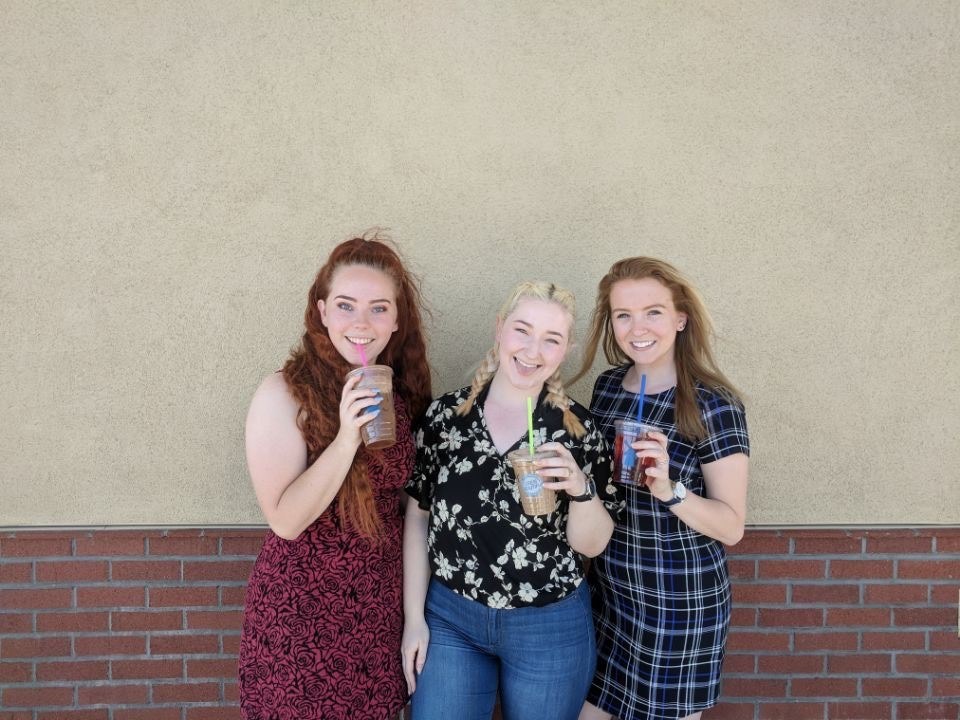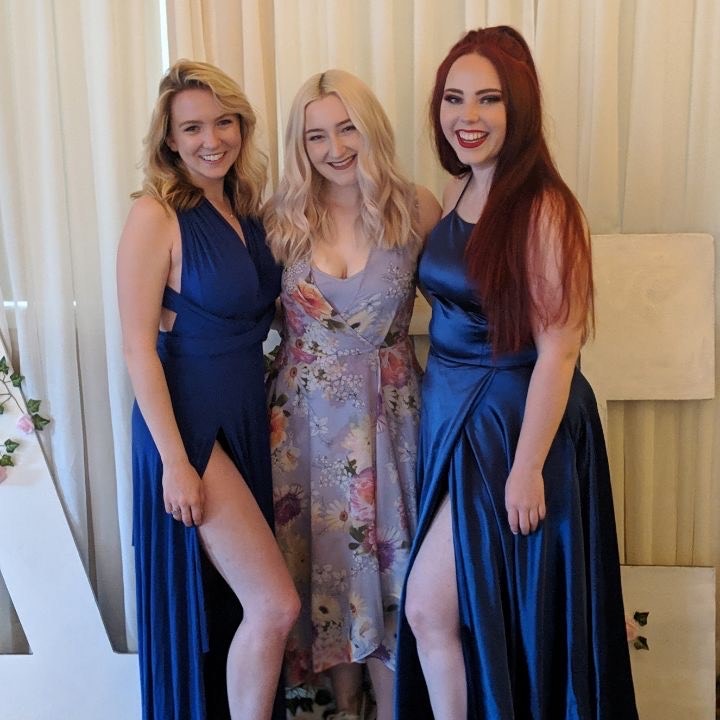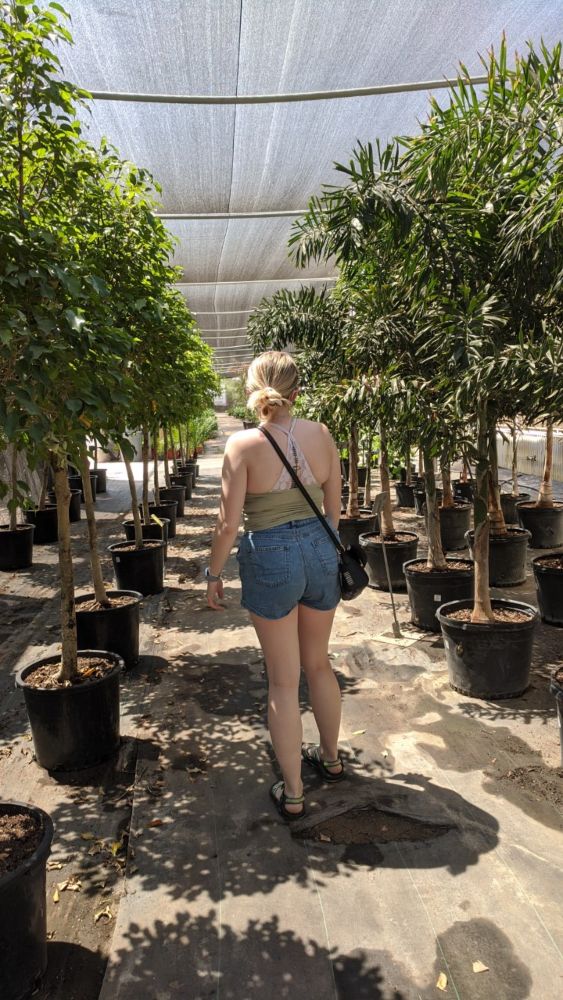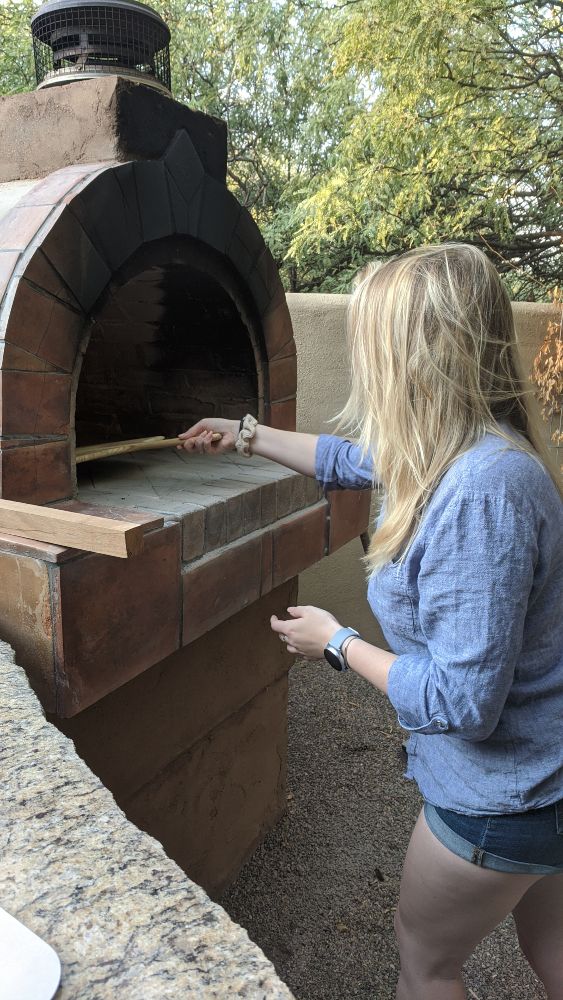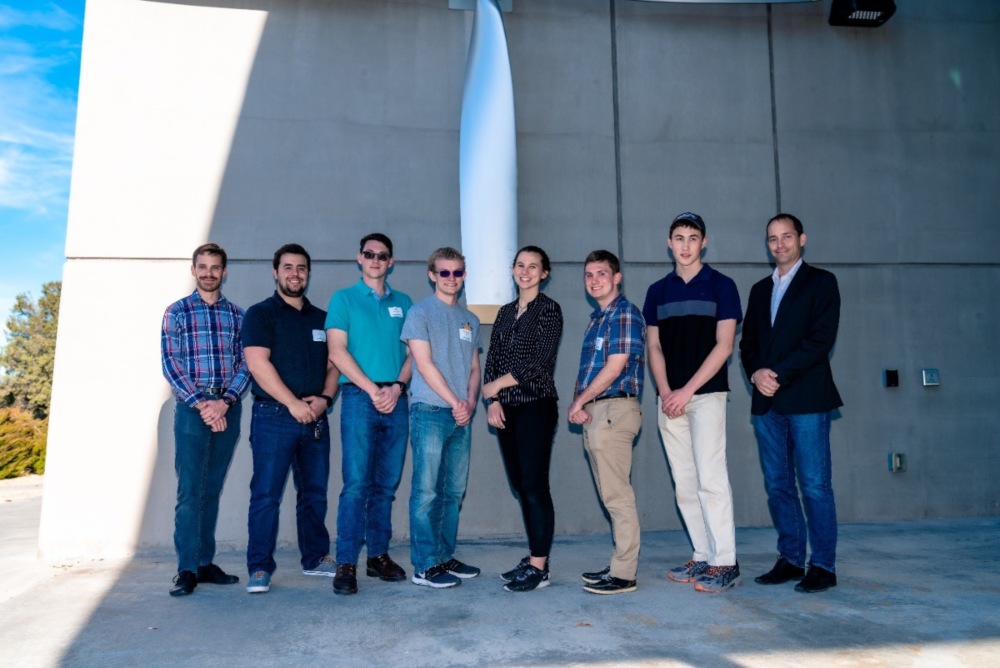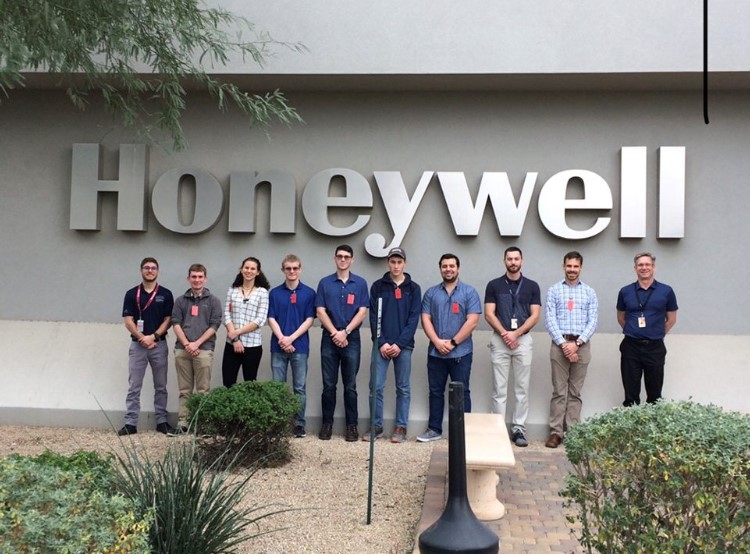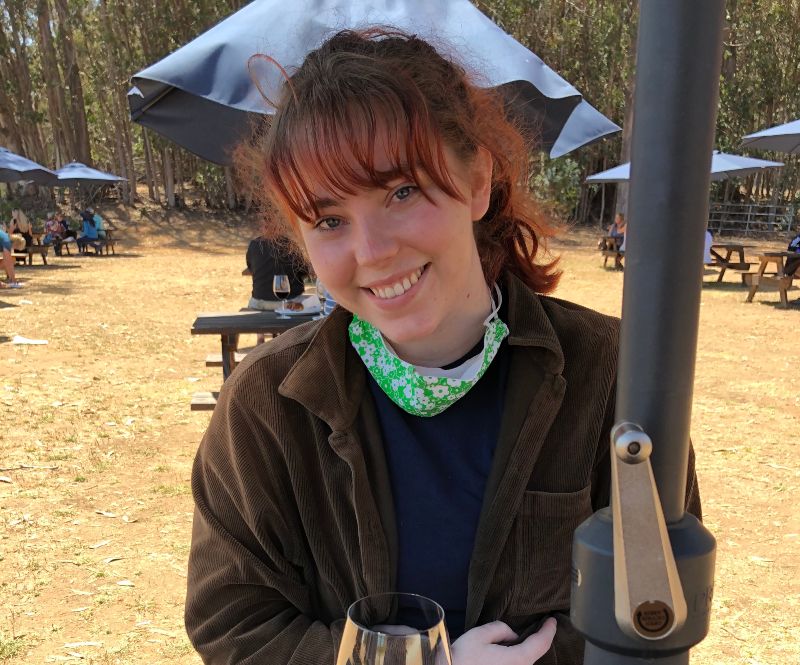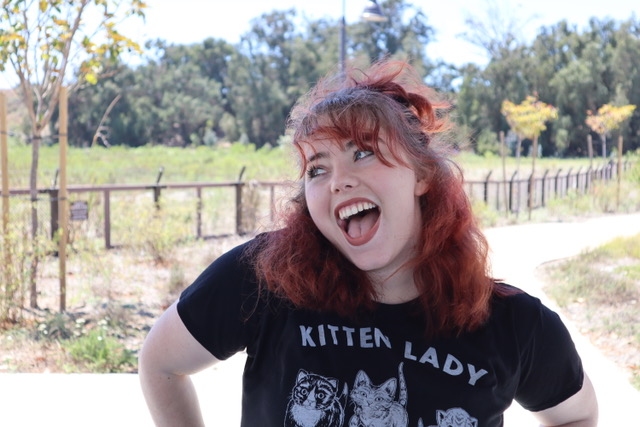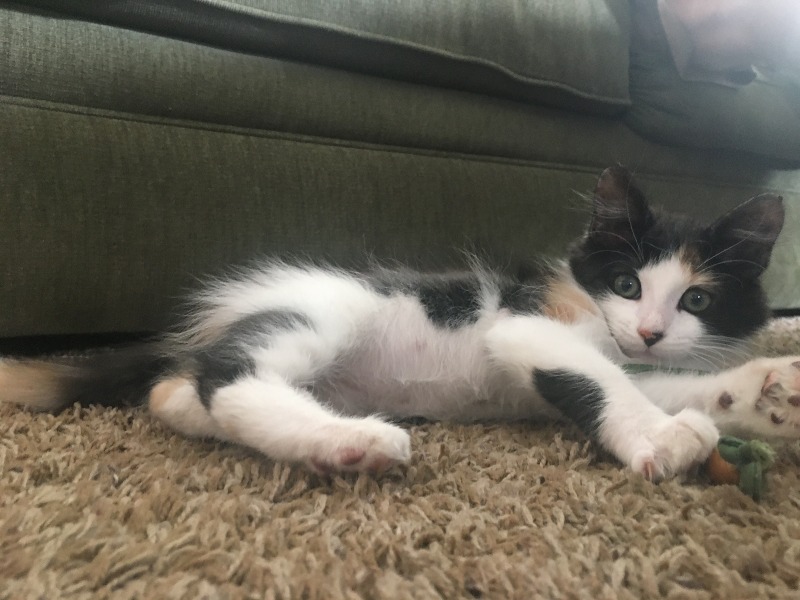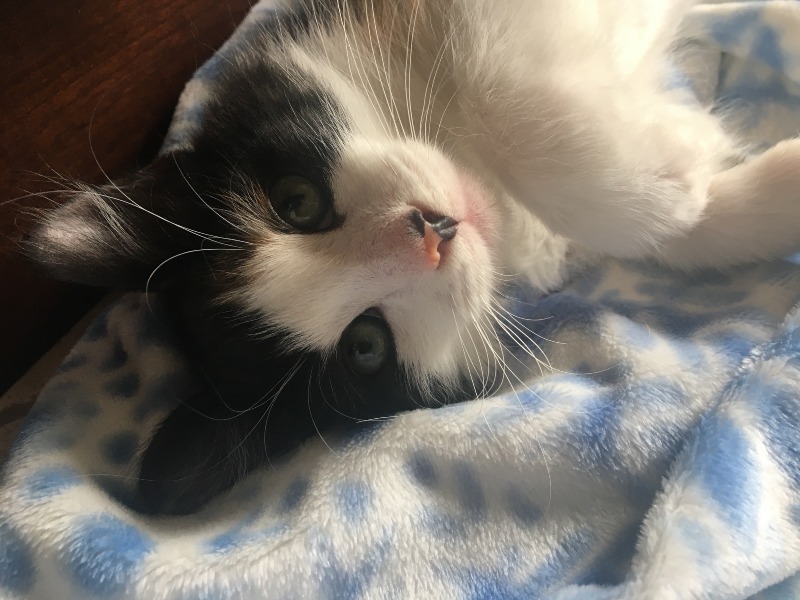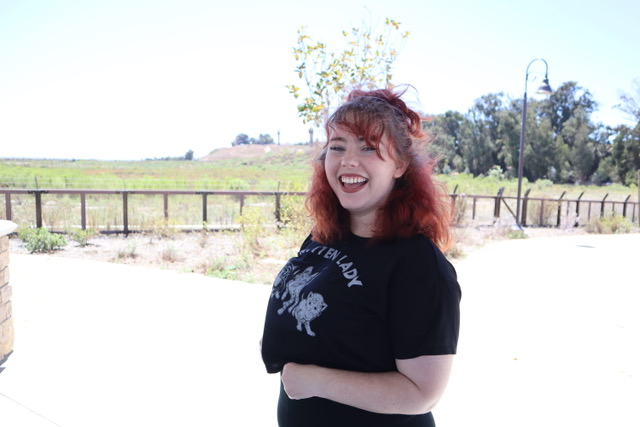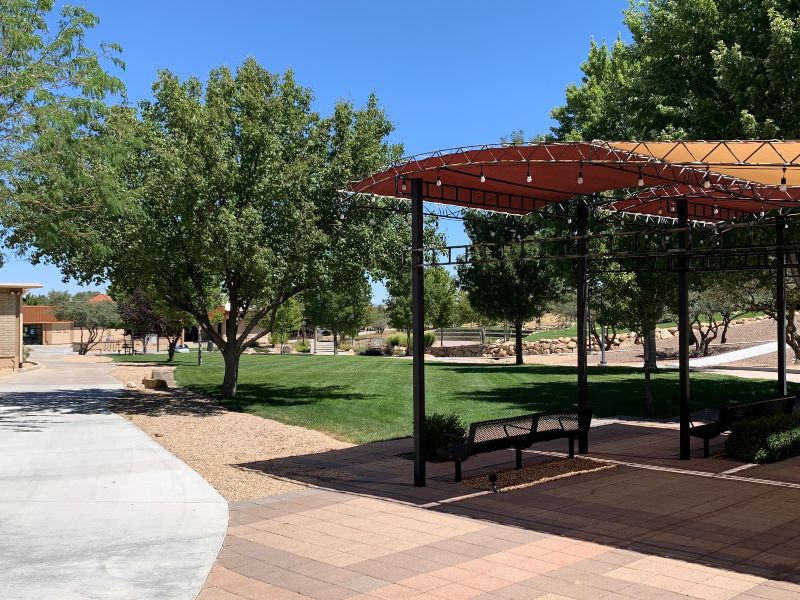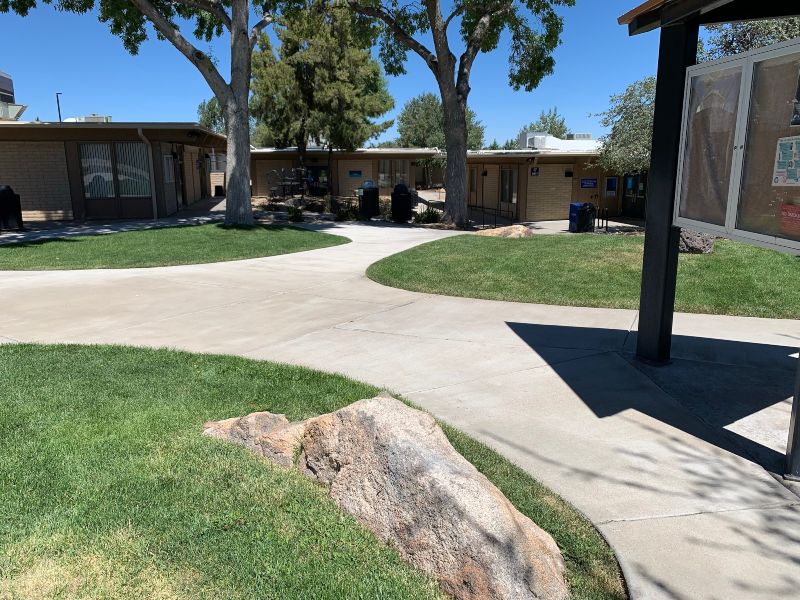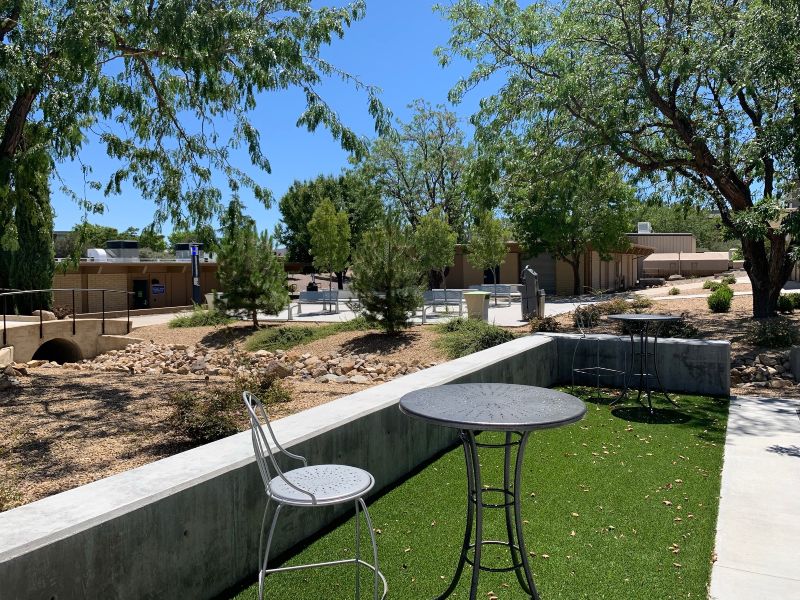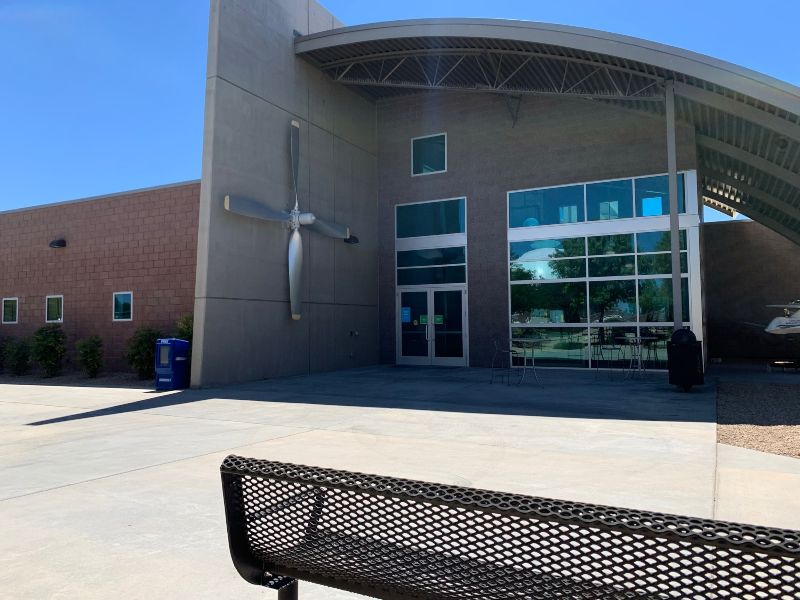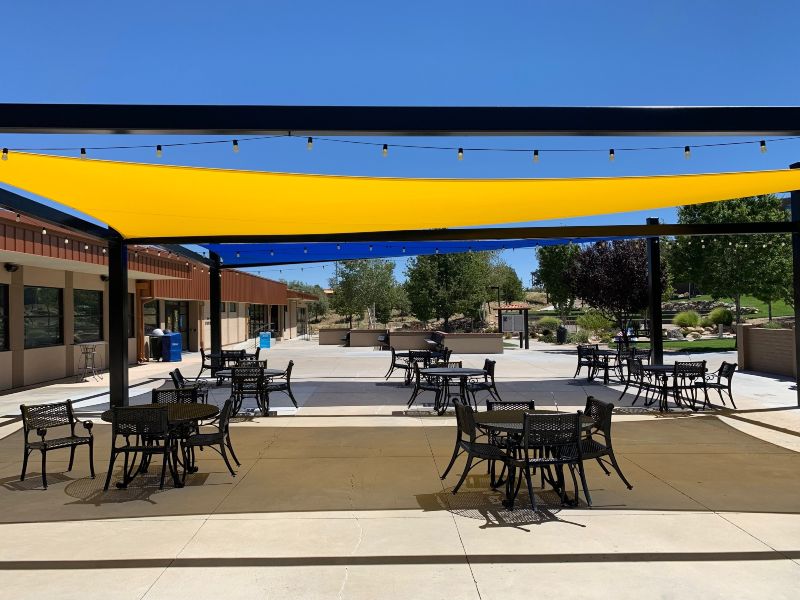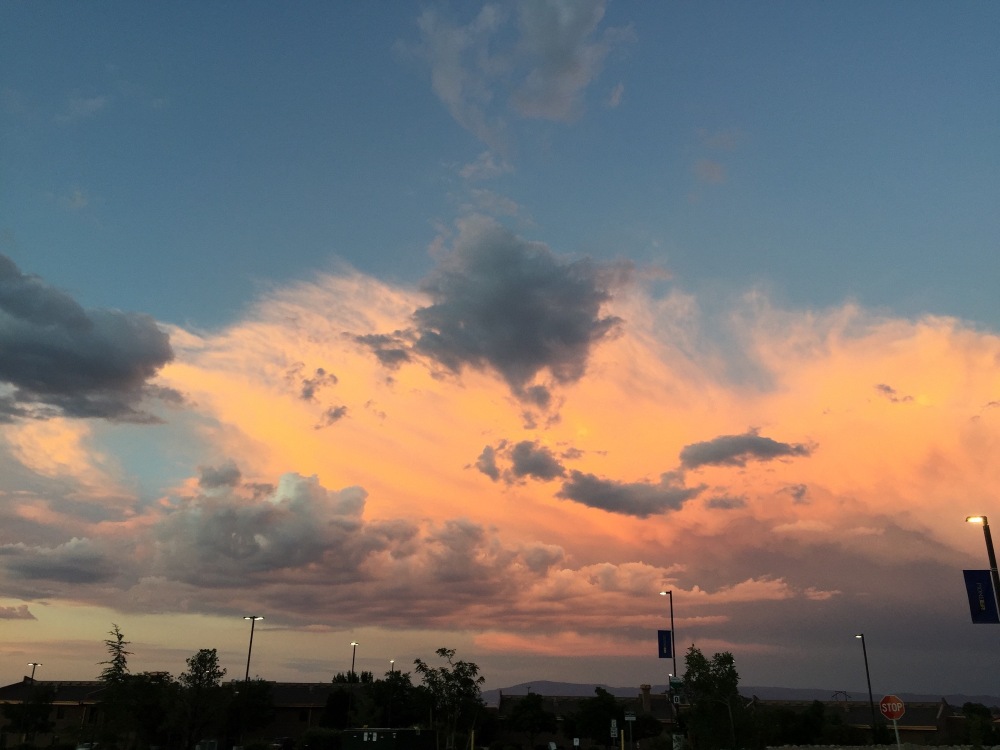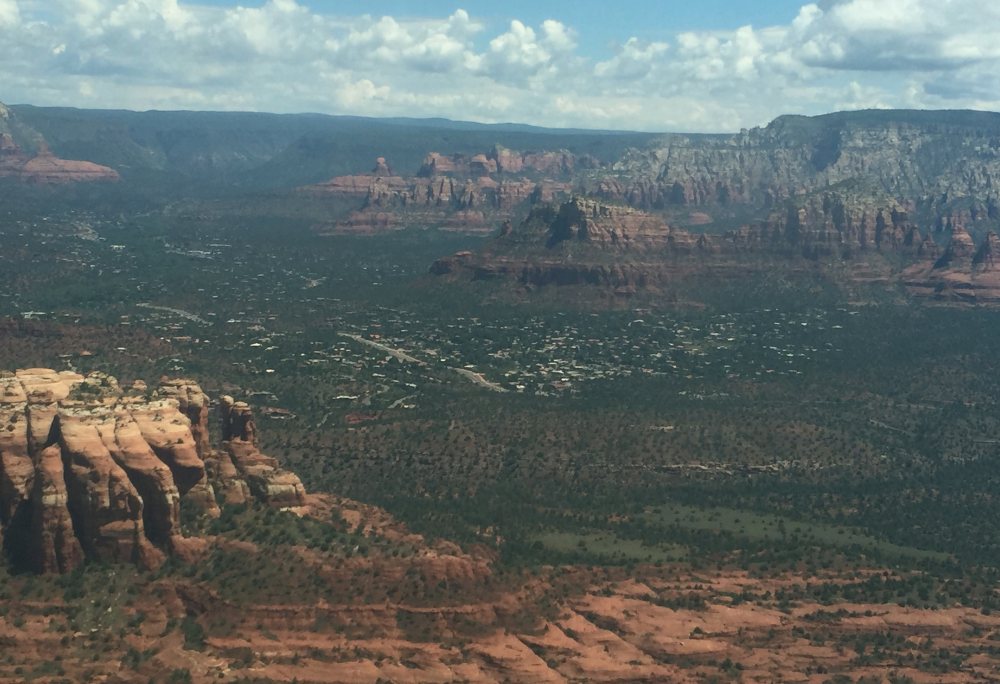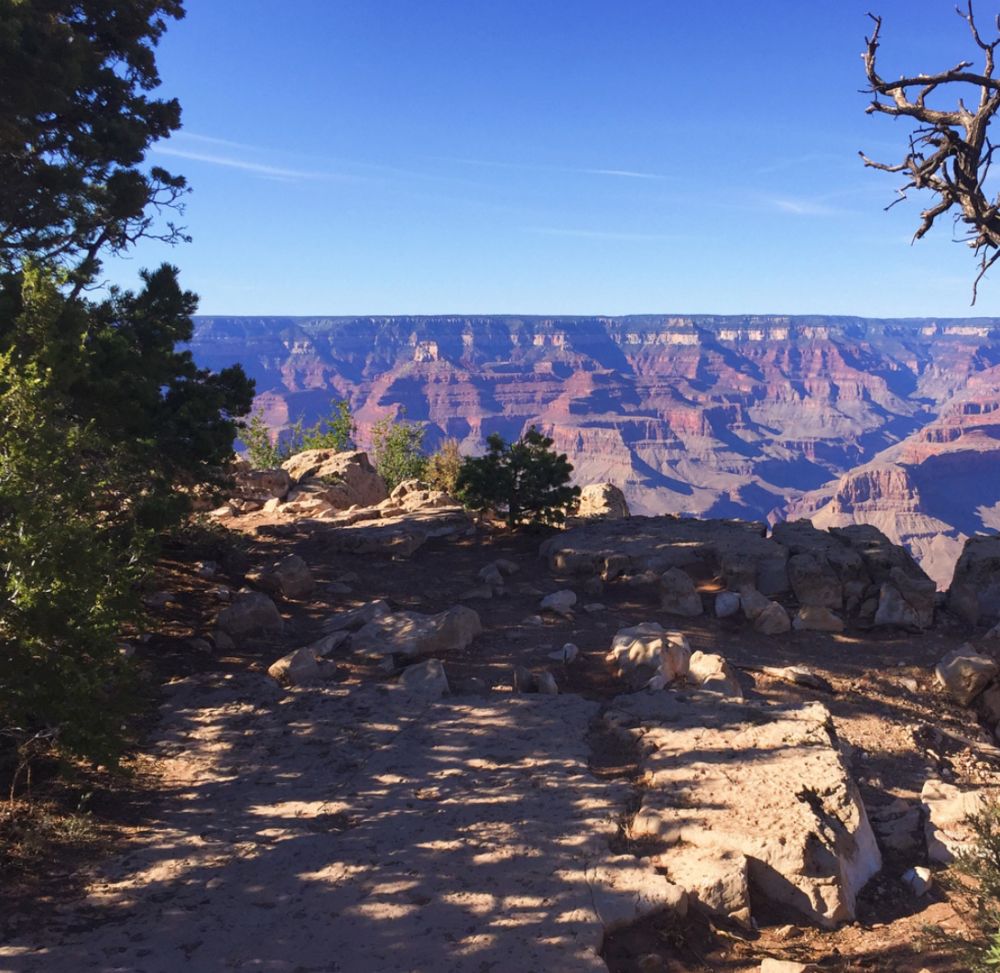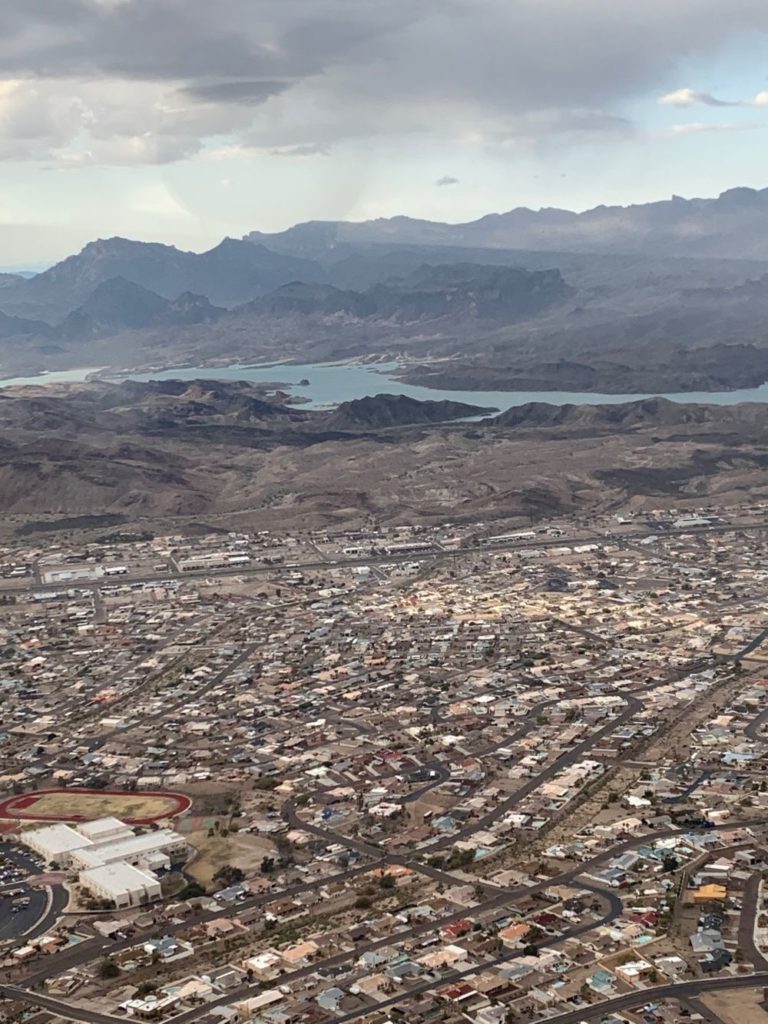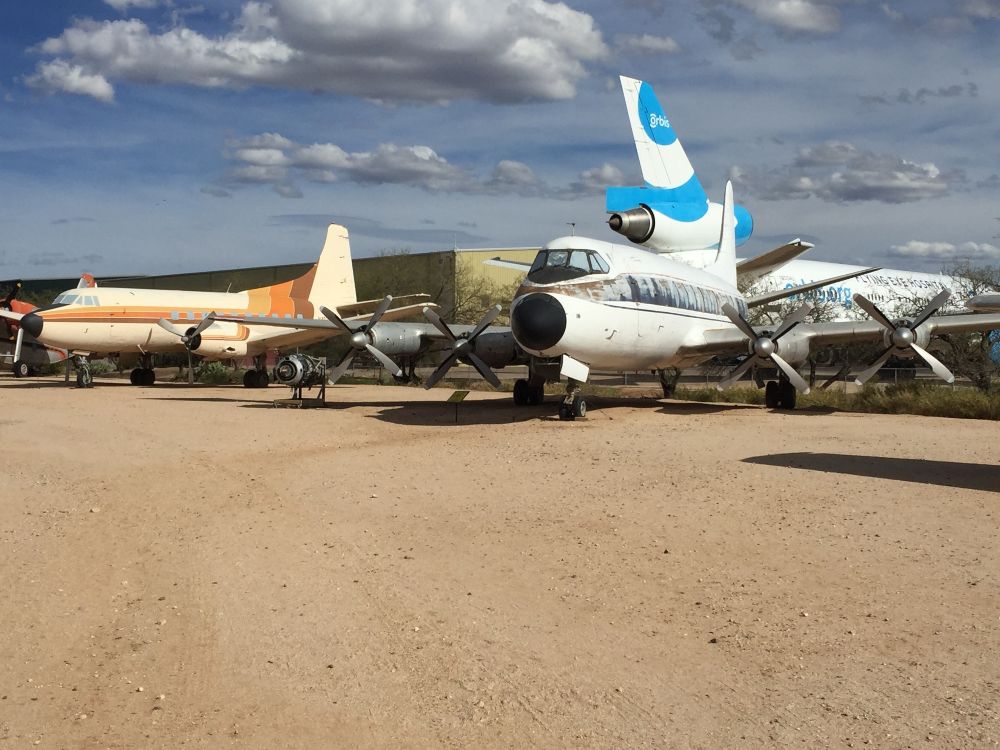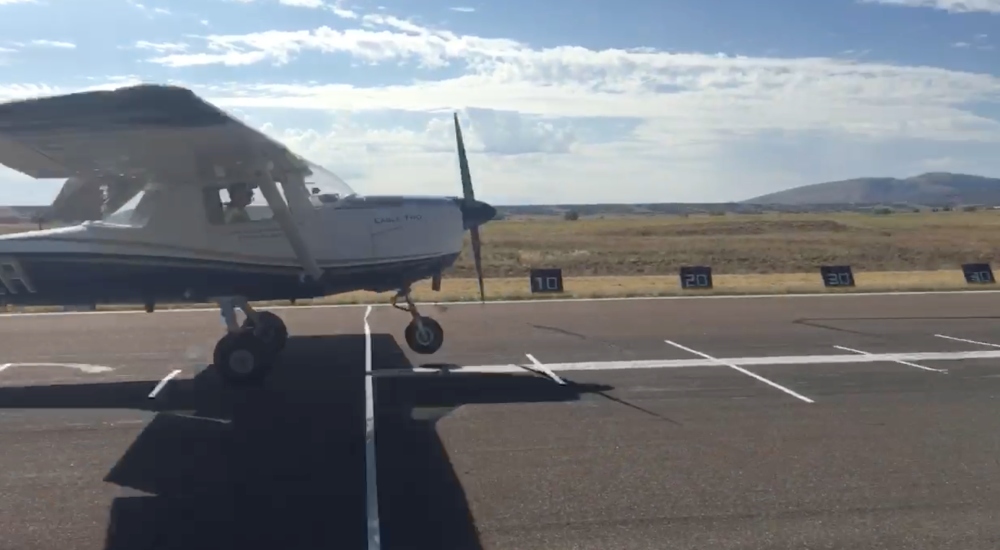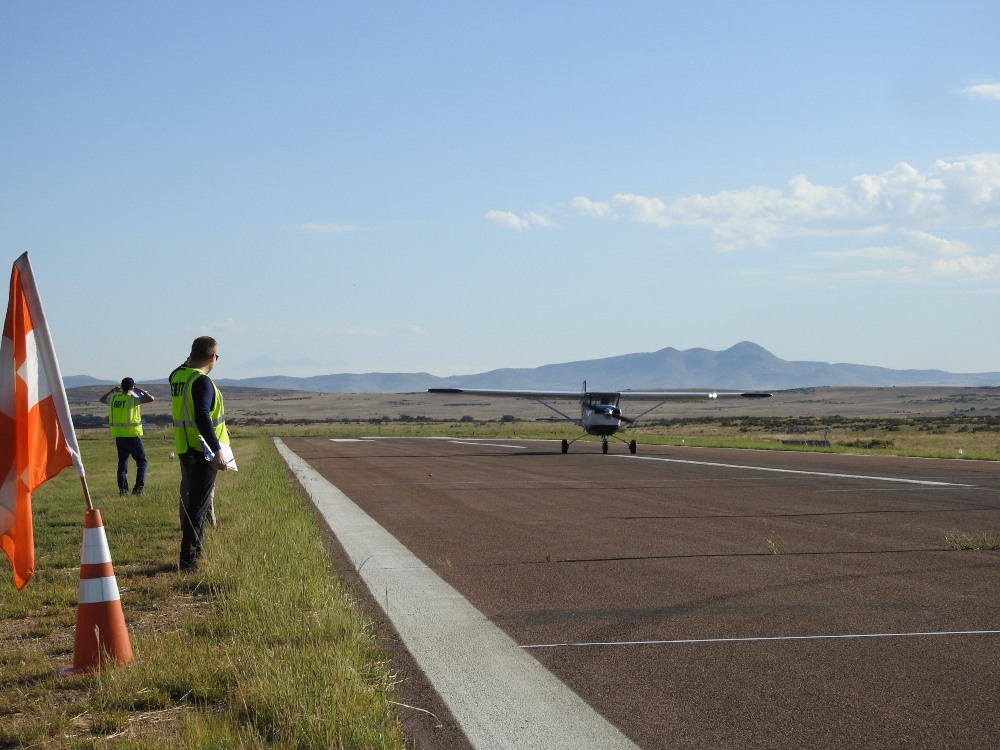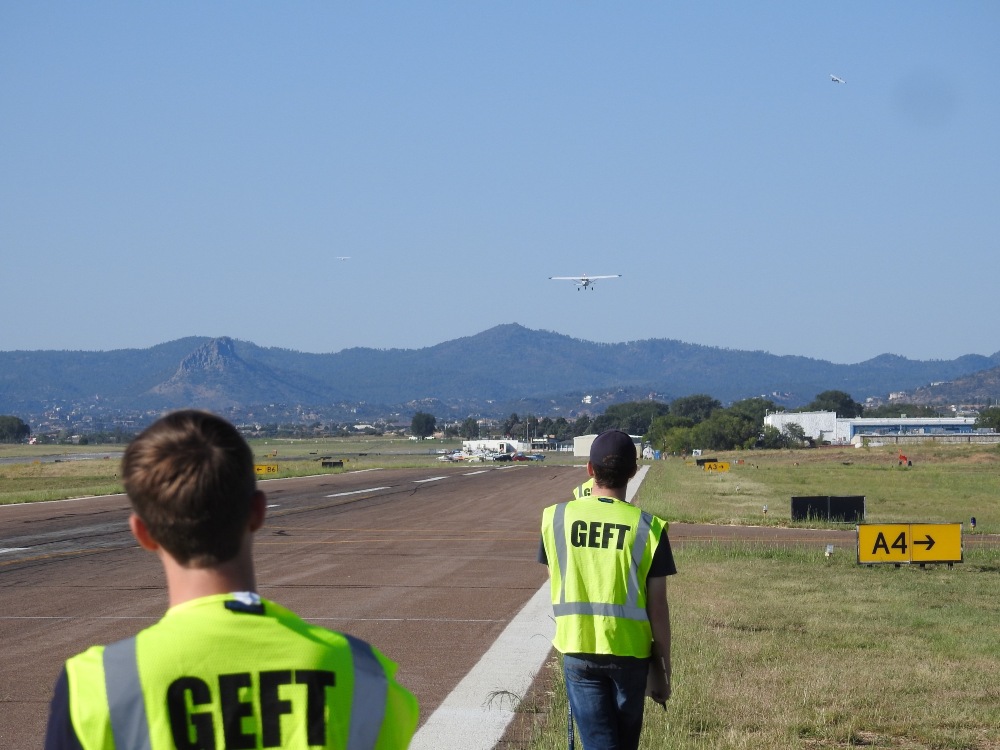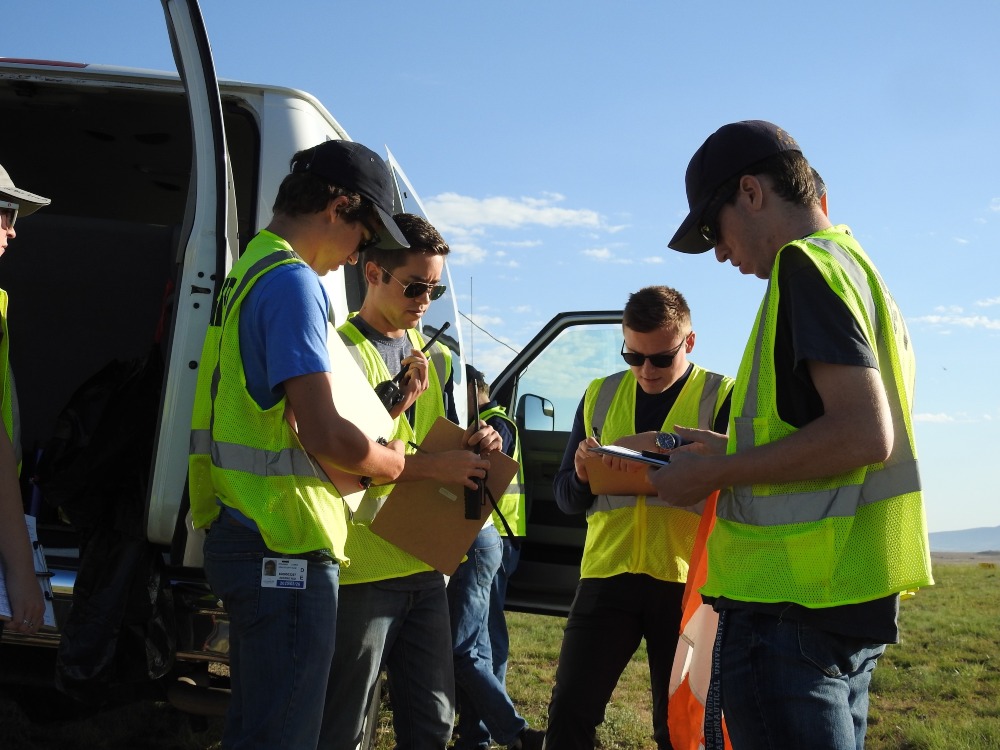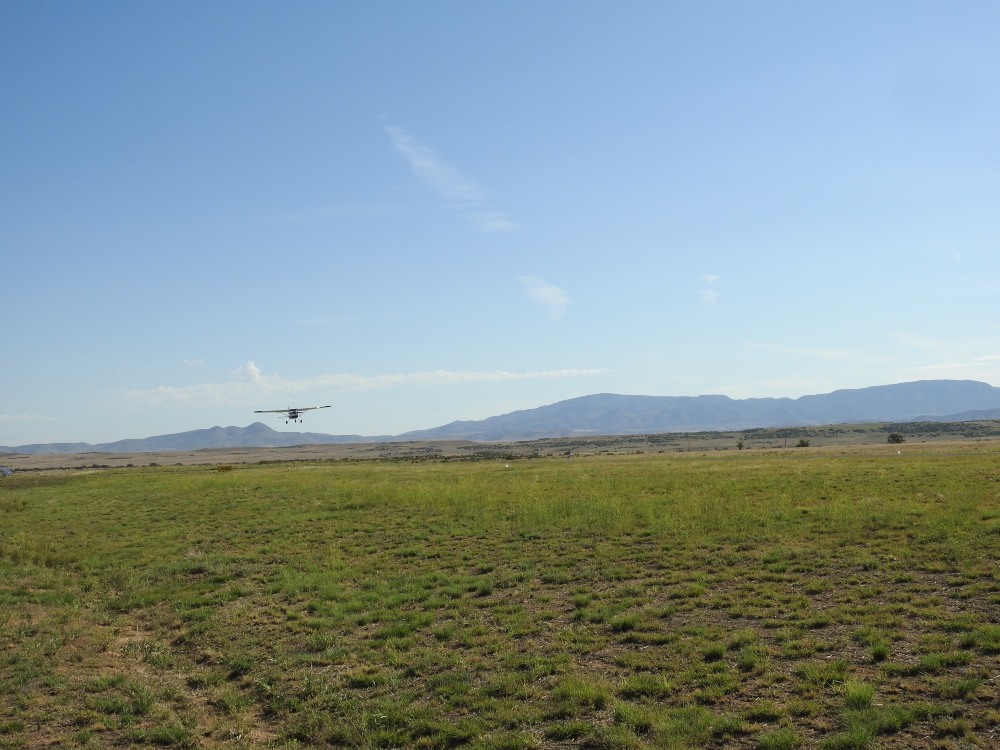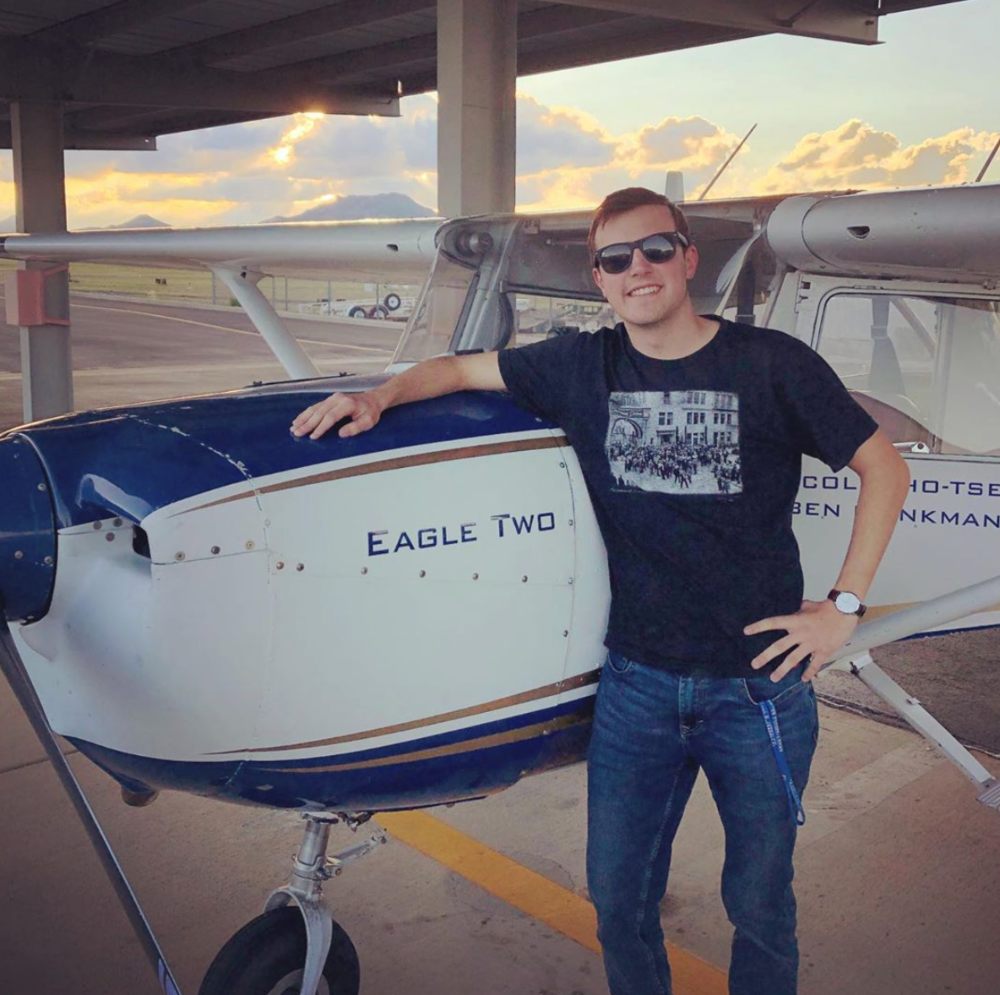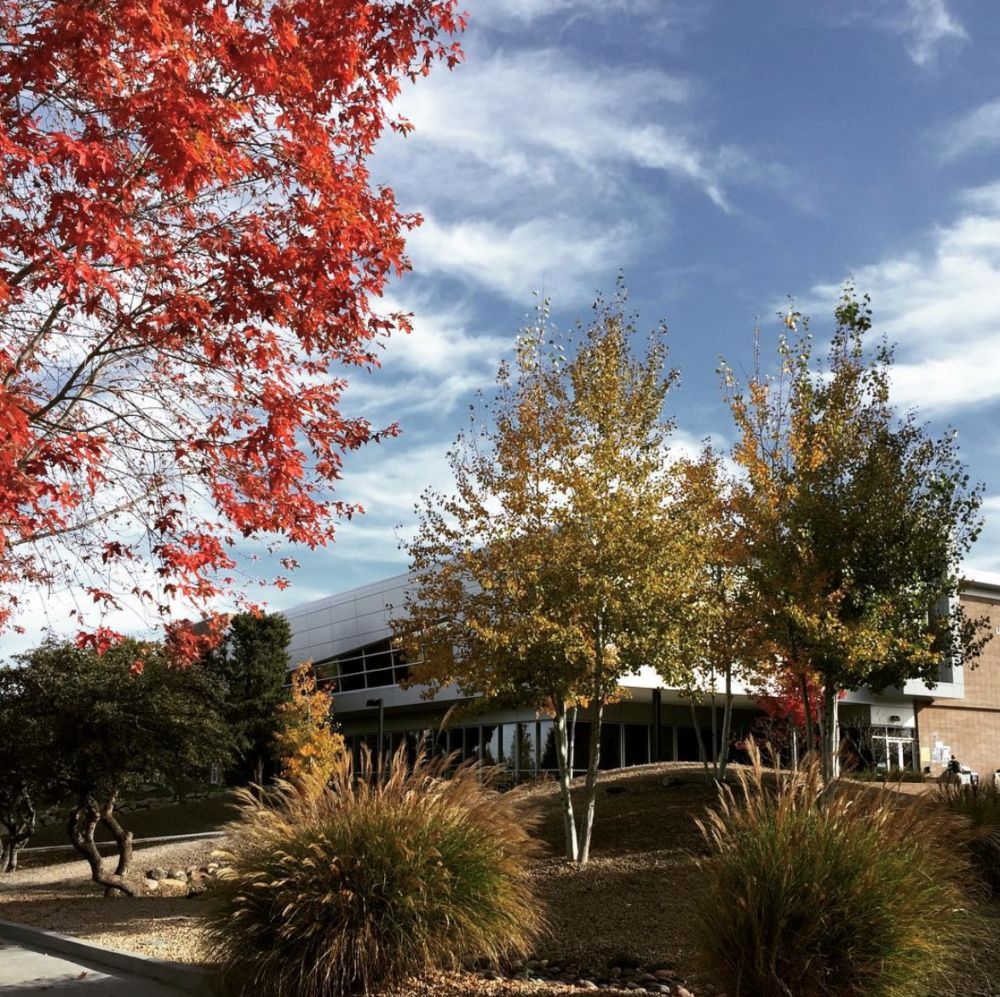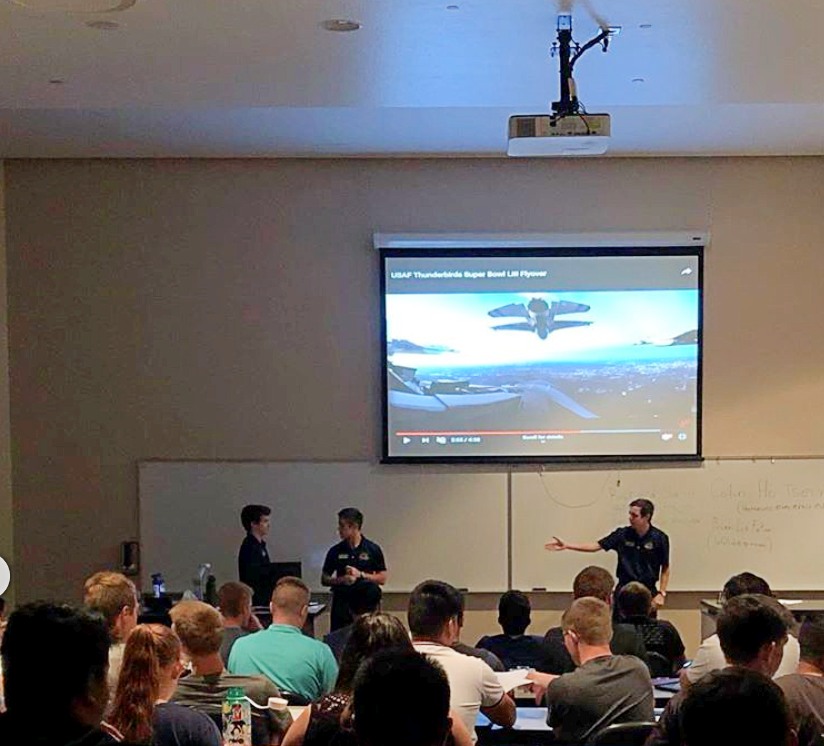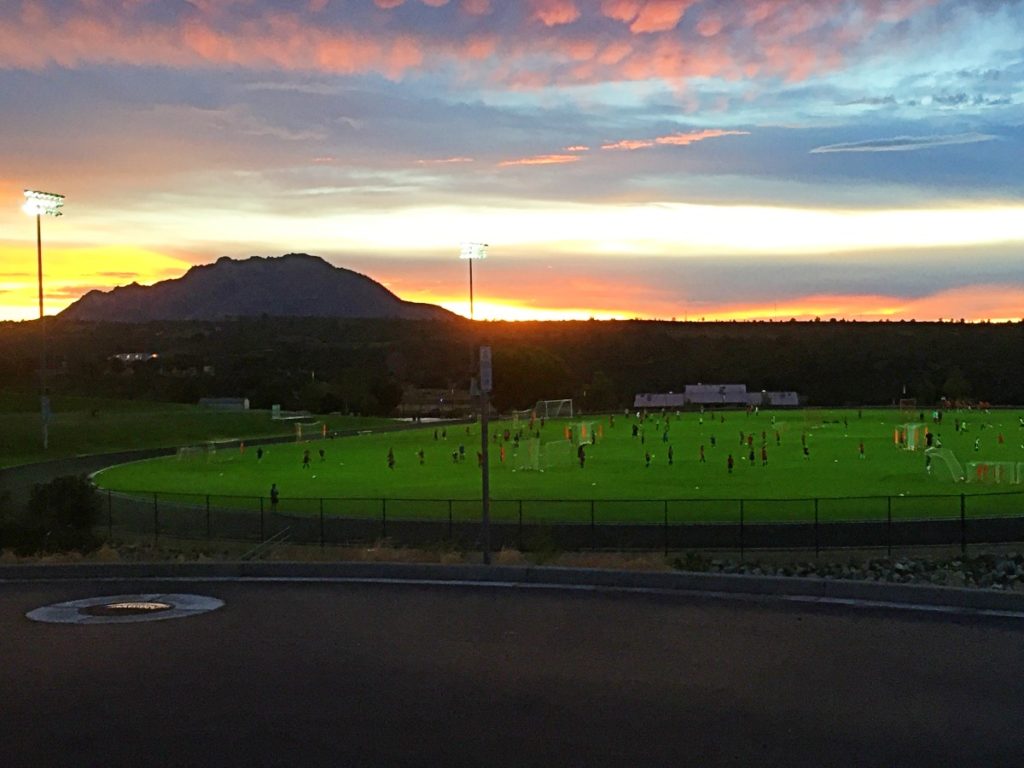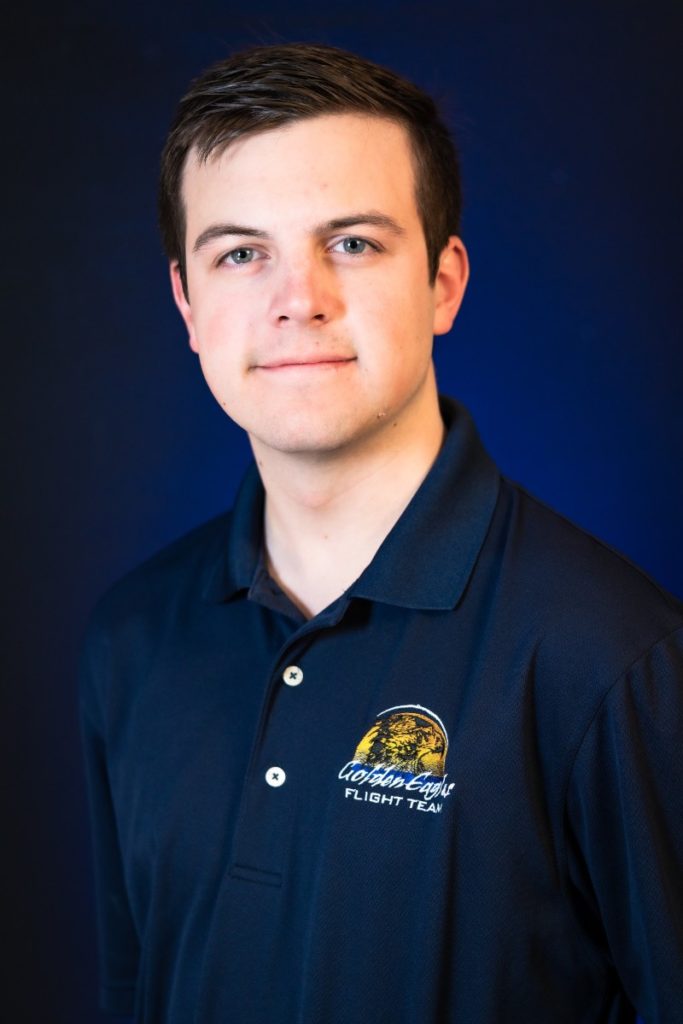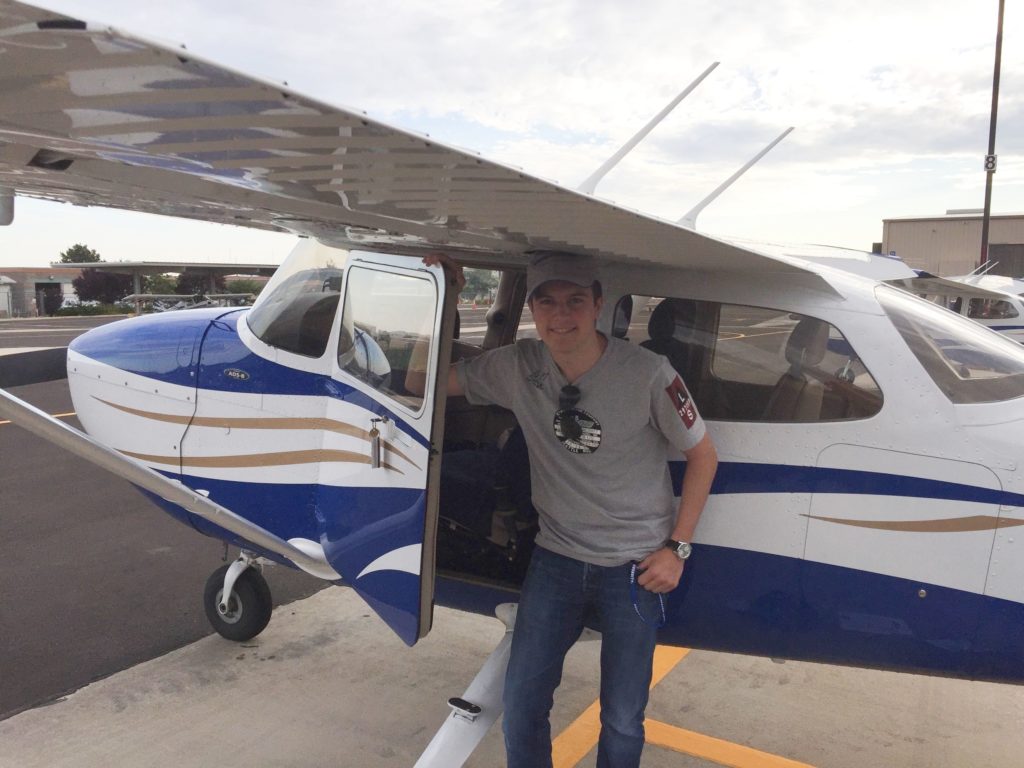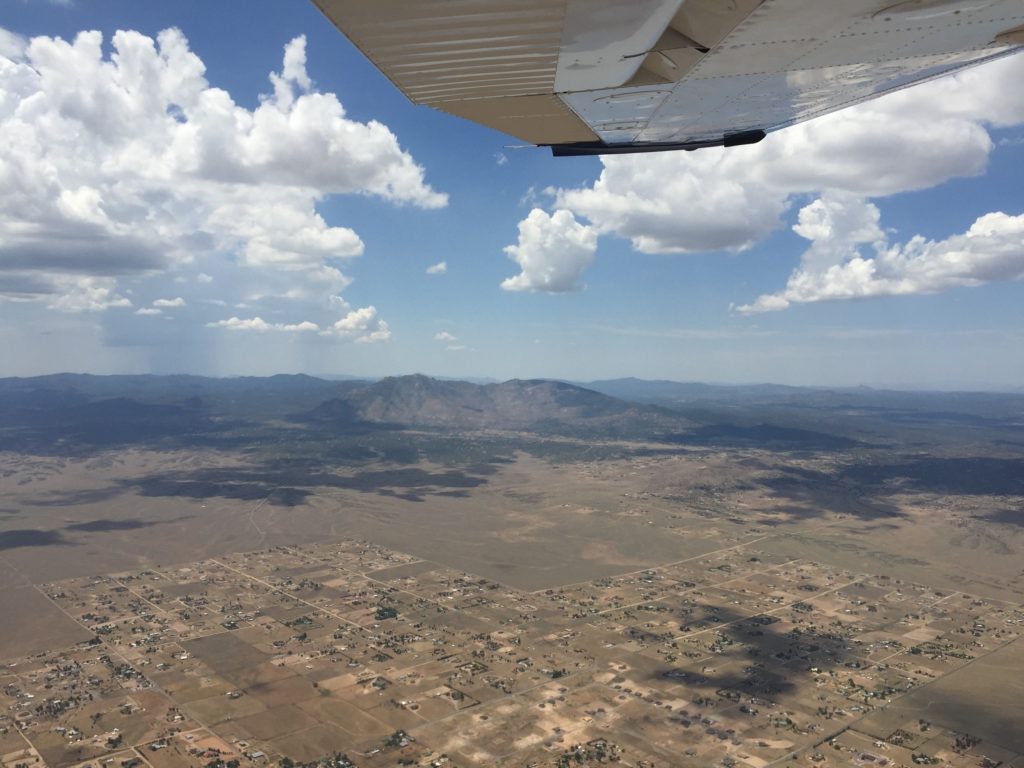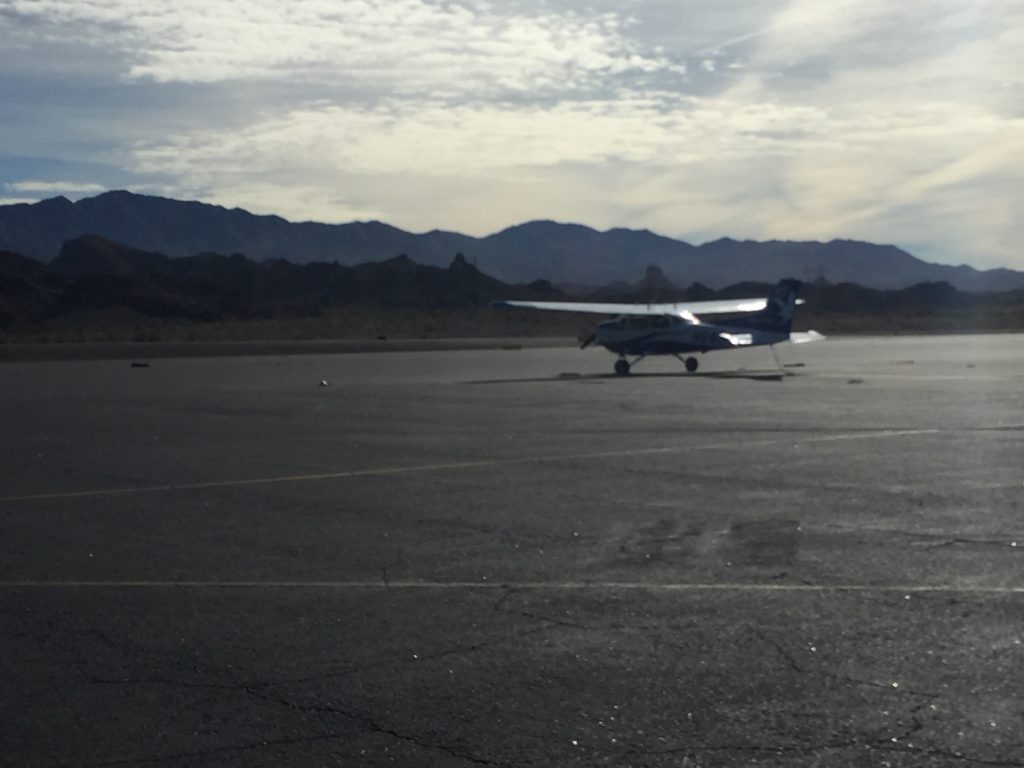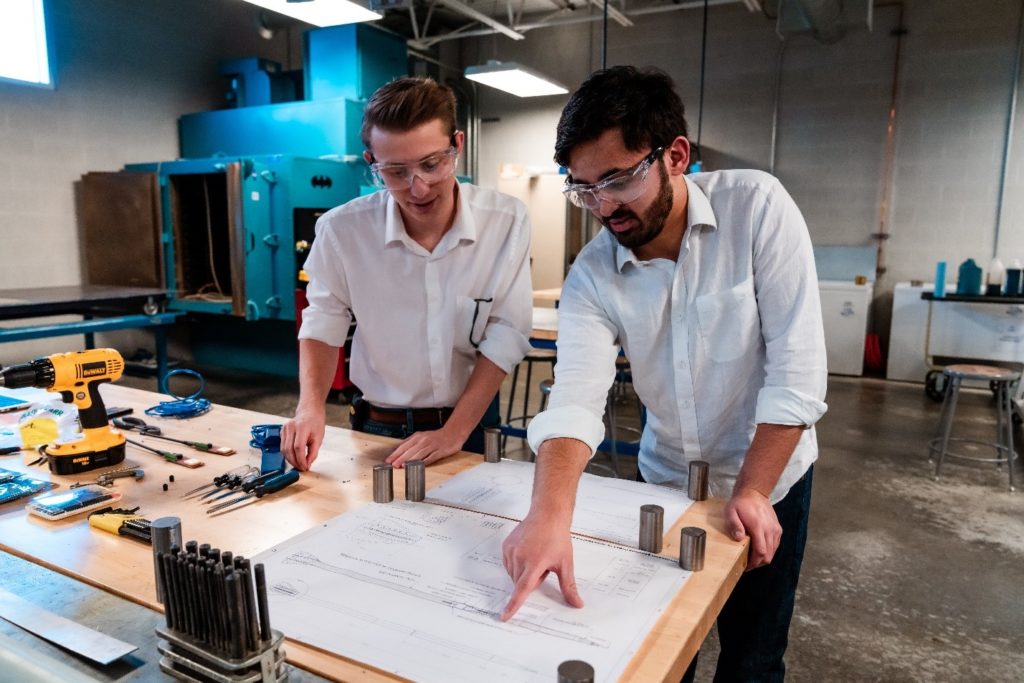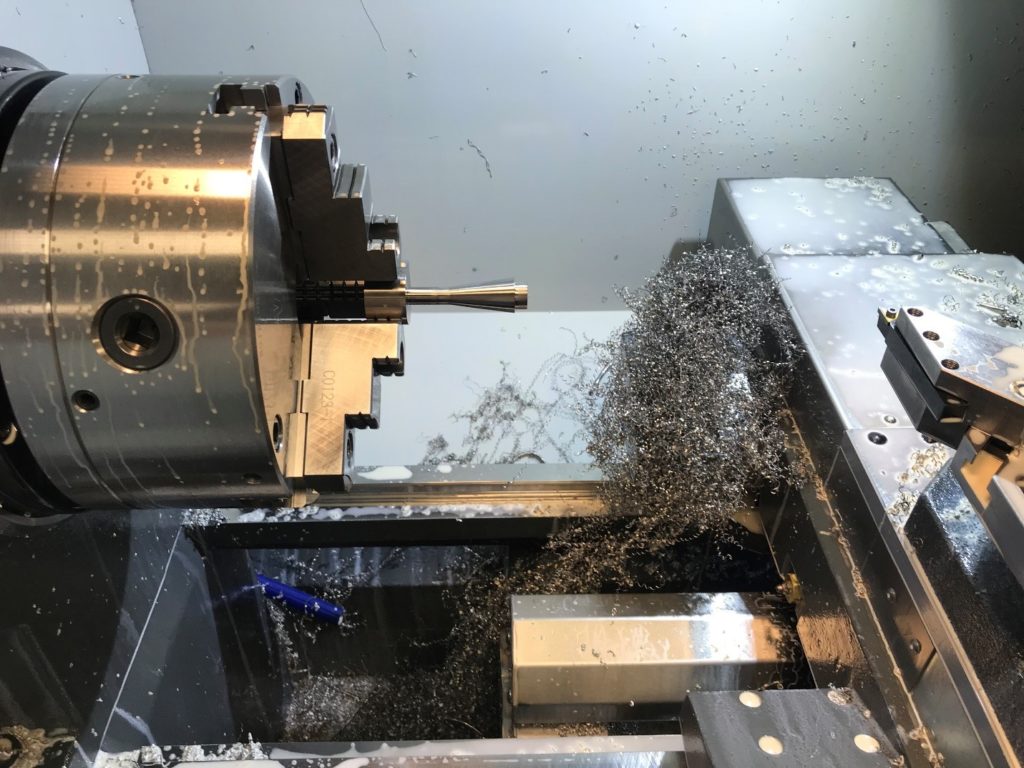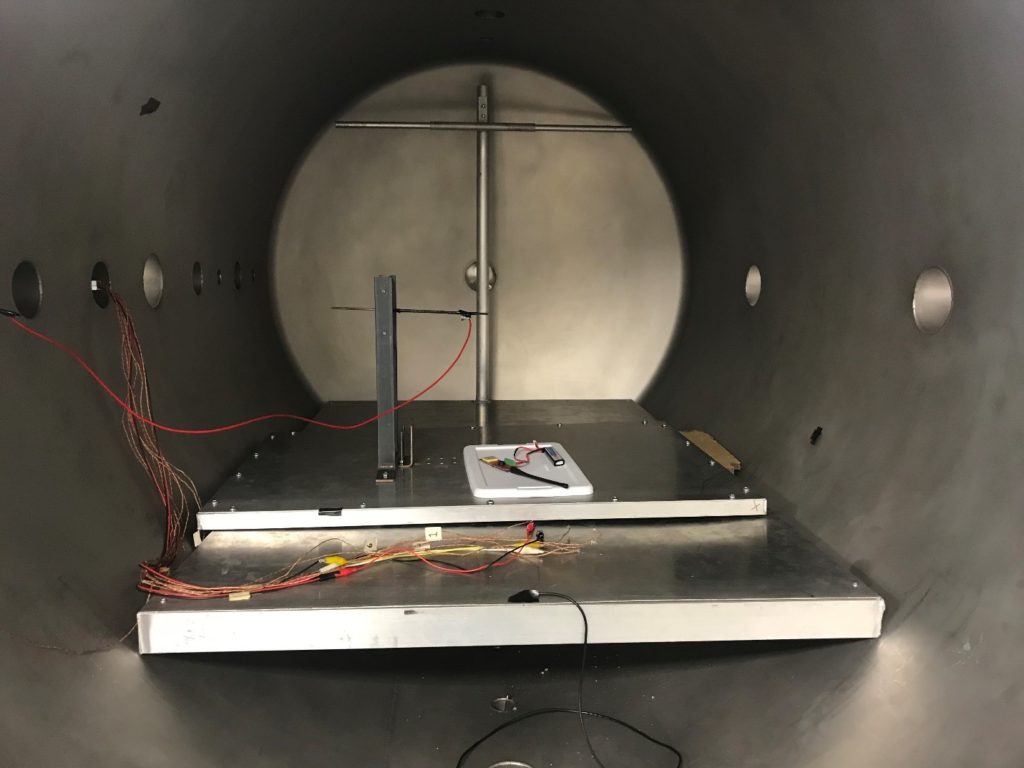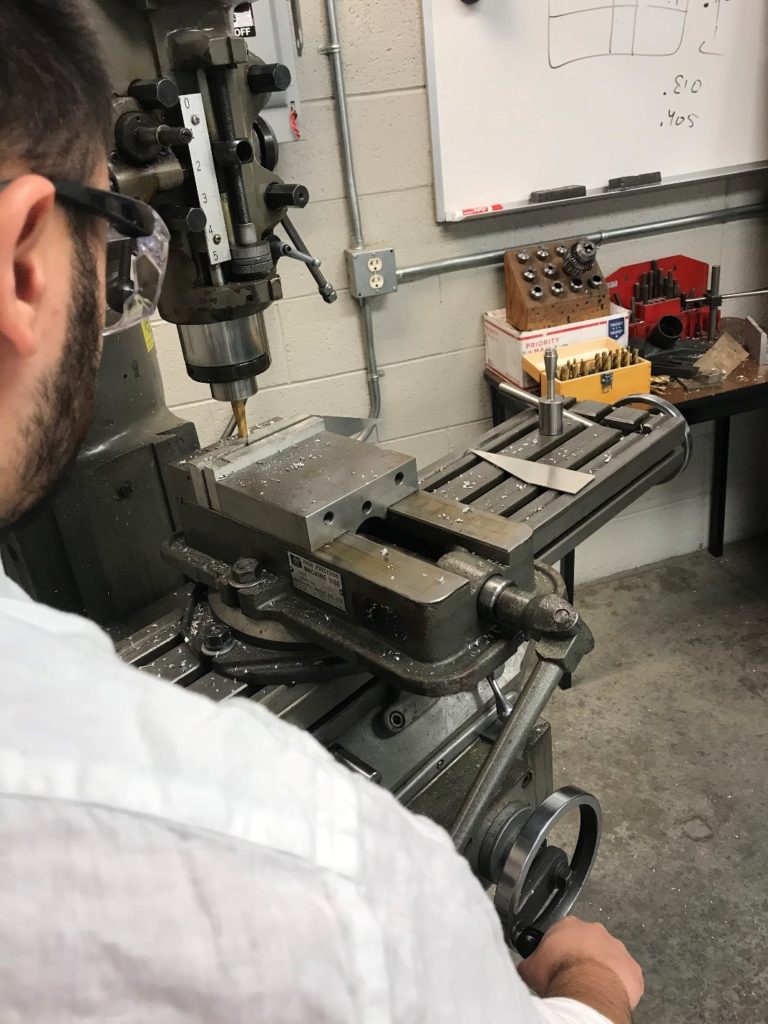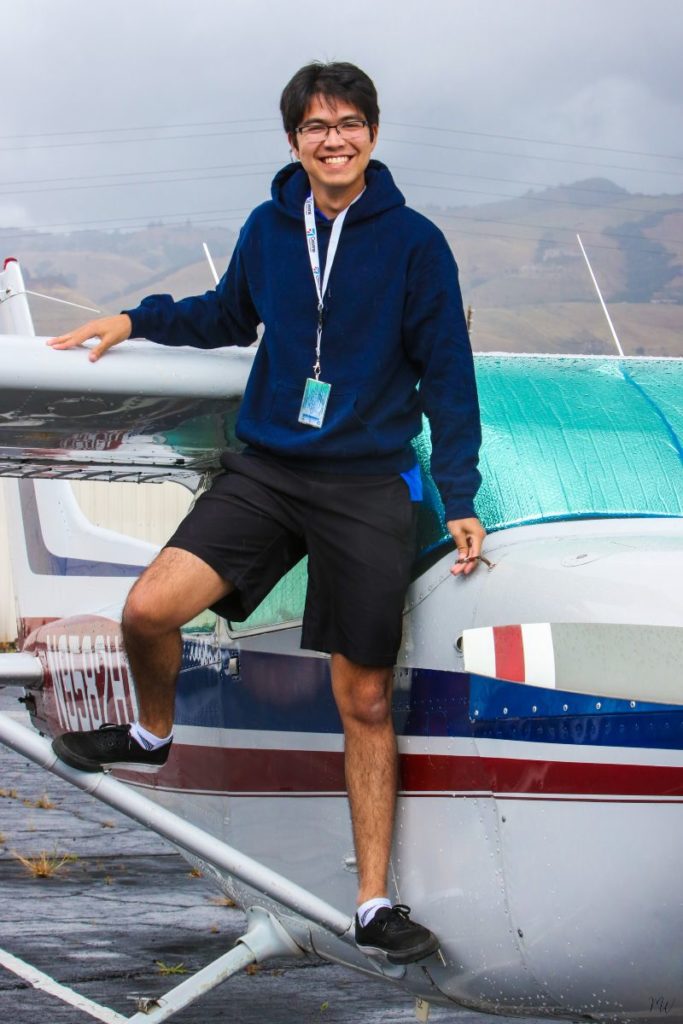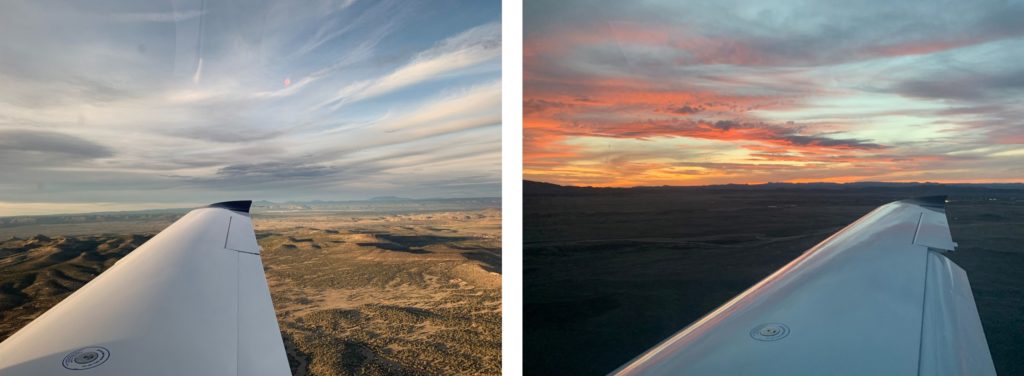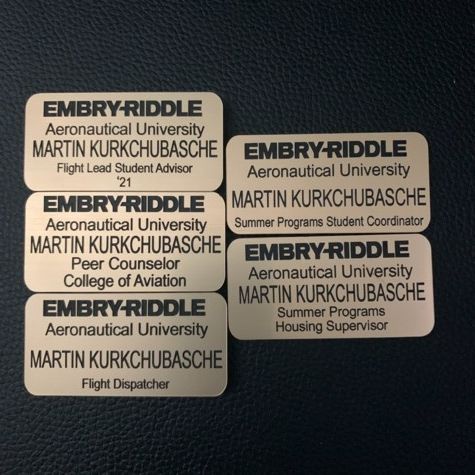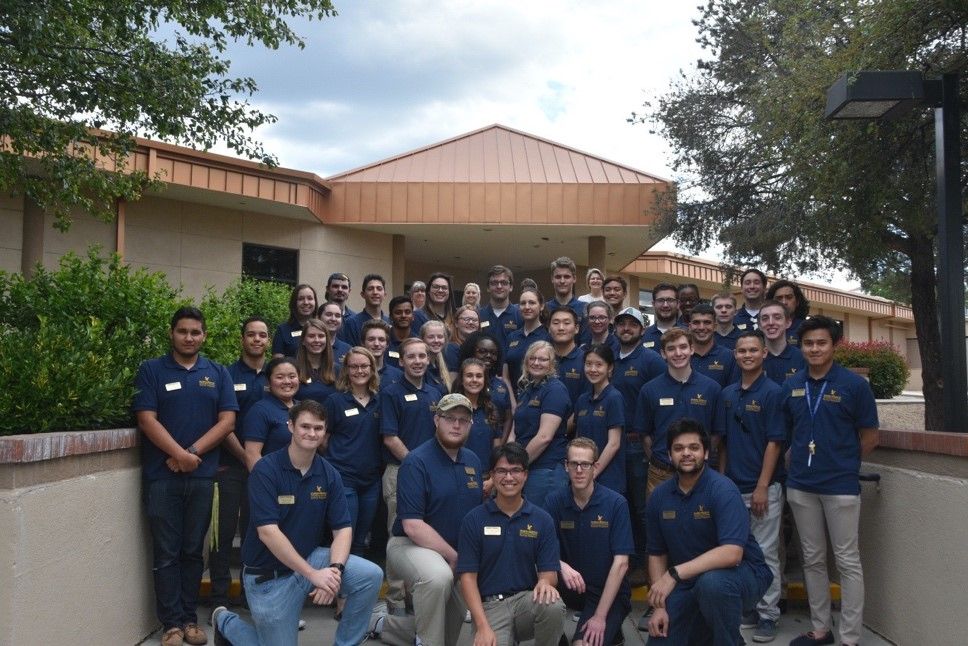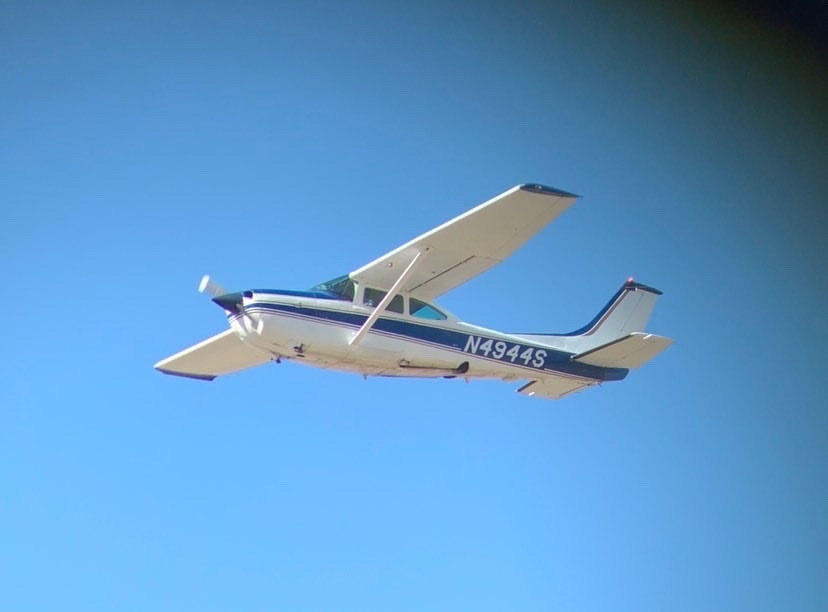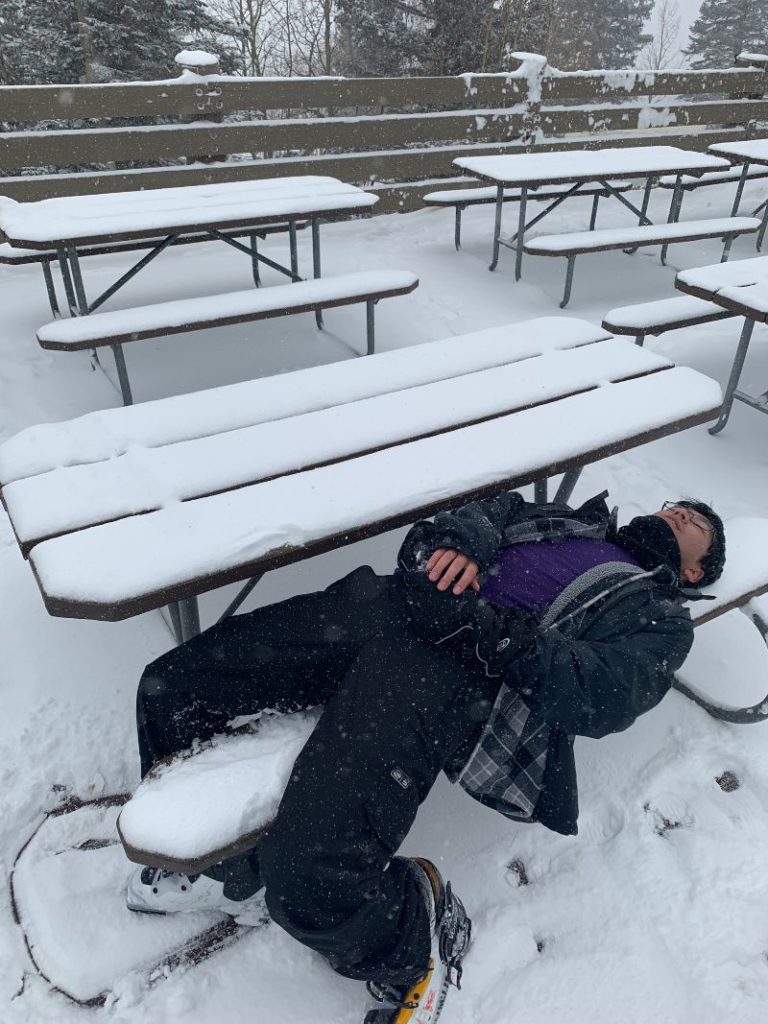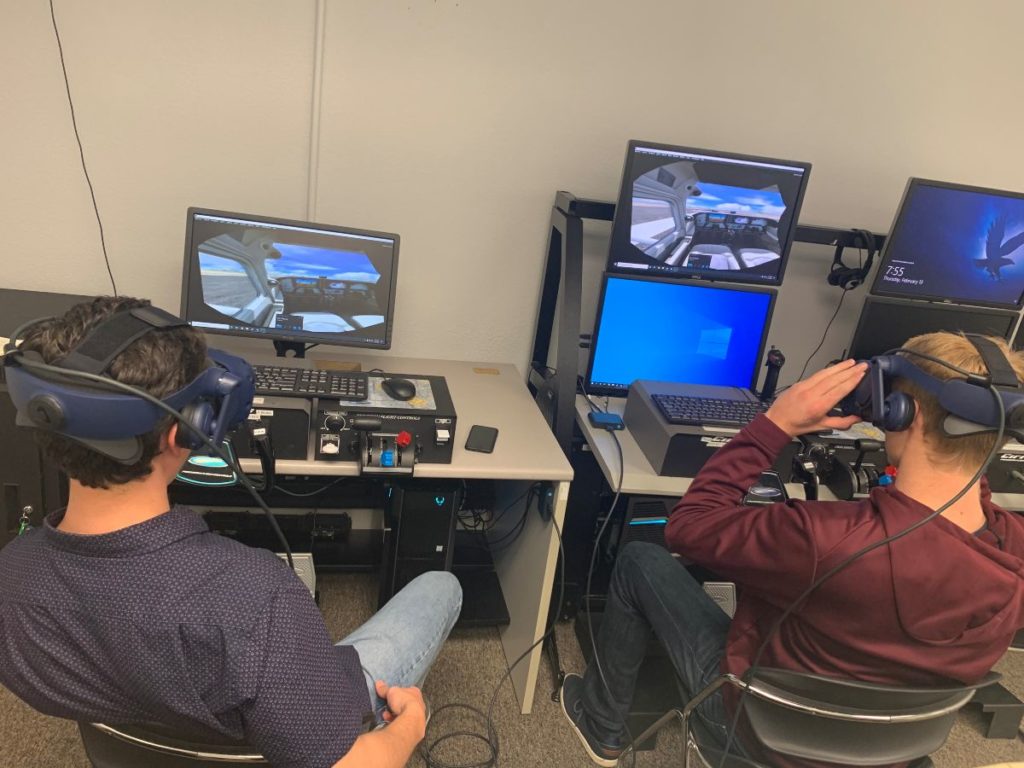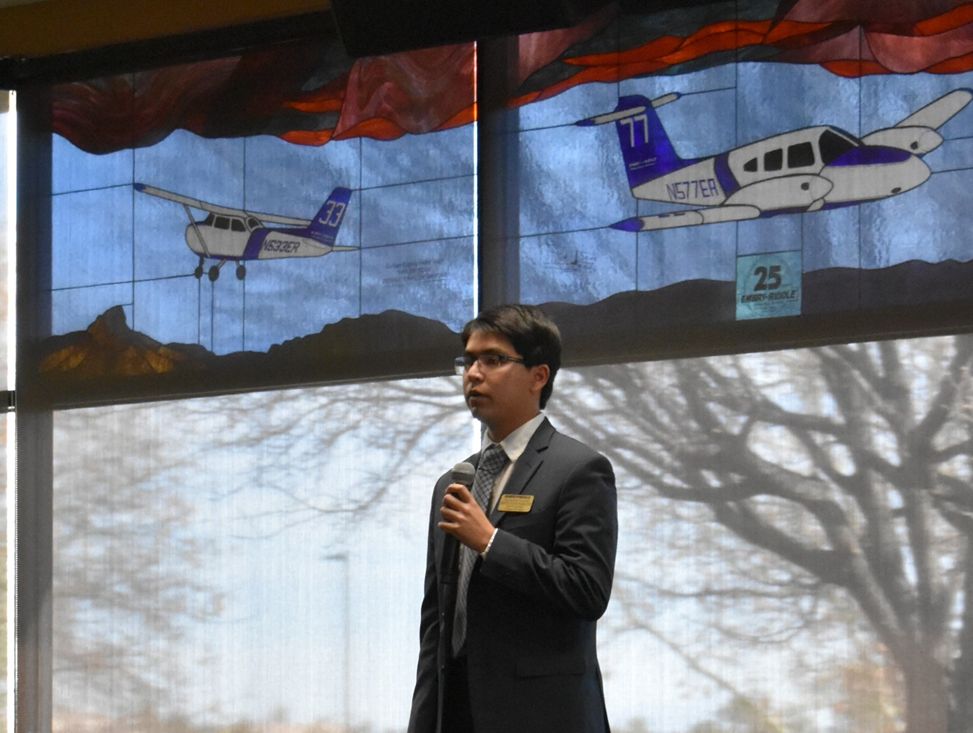by Richard Santi
Hello again! As a Flight Student at Embry-Riddle, I wanted to share with you what my average day looks like. I can honestly say that no two days are the same, and from week to week I am constantly working on a new challenge in flight training or classwork, so it is pretty hard to try and formulate an “average day”. For help, I went back and consulted the calendar on my cell phone where I keep my basic daily schedule. This day is modeled after a random Wednesday this past January.
8:30am-10:00am – Flying Eagle Two!
I wake up as I do on most days when I am flying with a bit of extra excitement, though nowadays that happens about five or six days a week. My practice slot for flying Eagle Two starts promptly at 8:30am. As much as I love coffee, it is dehydrating so I will wait for my morning cup until after I’m done flying. I’ll have just water for now. I want to arrive about 20-30 minutes early so that I can look over the weather and see if there is any specific airport notes for the day. Plus I want plenty of time in the aircraft to make sure I can start my preflight aircraft inspection early.
As a member of the Golden Eagles Flight Team, we get a set amount of practice slots flying our specialty Cessna C150s. Part of our competitions are the competitive landings events, where our goal is to land with our wheels touching down as close as possible to the “zero line” (a line of tape on the runway). My personal record is 4 feet off, so I am still looking to my ultimate goal of touching down perfectly on the line. As simple as that sounds, the real trick to the competition is that there is a multitude of different penalties you can get, all related to not flying a perfect pattern. Penalties such as floating, dragging, ballooning, overshooting, undershooting, plus many more, can all be called against a pilot who does not perfectly manage the aircraft’s position and energy. A lot of practice is required to really nail down the technique. As much fun as it is, the practice slot I have this morning will be hard work requiring a lot of focus and attention.
I do my preflight inspection, hop in and start up. I am able to fit in about 12 landings before I have to call for a full stop. Overall, a productive practice slot.
10:00am-11:00am – Heading Over to Campus
I finish my slot at about 10 o’clock and head over to campus. I go to Scholar’s Café in the Library to get one of their delicious cappuccinos… finally getting my morning coffee. I know my day will be a busy one, so I head upstairs and sit in one of the big comfy chairs by a window that overlooks campus for the next 30 minutes to relax and enjoy the view of Granite Mountain out the window. I review my Eagle Slot, thinking about what I could do better for next time.
11:00am-2:00pm – Class
My first class of the day is AS.408 which is Flight Safety. During the lecture, we review a couple of different topics, but we spend most of the time reviewing a major aviation accident that occurred in the past few decades. We look at the NTSB report, and meticulously dissect what the pilots did that affected the outcome of that accident, either for good or bad. I leave the lecture with a new perspective on airmanship, as well as a lesson that might save my life one day!
I head to my next class which is AS.380, also known as Pilot Career Planning. Given I am a second semester Junior, it is an appropriate time to start thinking about how to plan for my career. Today we talk about proper etiquette and good strategies to have while doing an interview with an airline. Obviously something that will come in handy!
My last class of the day is AS.405, or Aviation Law. My professor is a licensed Aviation Attorney who always has something very interesting to talk about. In today’s class, we play a fun game of Jeopardy! to review for an upcoming test. One of the topics I find most interesting is federal airspace authority, and how different aviation businesses have gone to court when a state government tried to in some way regulate their flight operations, claiming it a violation of the Federal Aviation Act of 1958. I leave class and grab a quick lunch before my next activity!
2:00pm-5:00pm – Student Job
I am very lucky to have the opportunity to be a tour guide on campus, working as a Senior Campus Ambassador at our Admissions Office. There are tons of student jobs one can get on campus, from working in one of the academic departments, to one of the business offices, and much more. I have friends who are even dispatchers at the Flight Line! Today I’ll be taking a few families and showing them around our awesome flight department!
5:00pm-7:00pm – Homework / Relax
I get off work with a few free hours, so I head on home and grab a snack. Depending on my homework load, I’ll spend the next few hours finishing up some homework assignments and projects, or study for an upcoming exam. However, it has been a long day so I watch a TV show to slow my mind down for a bit first.
7:00pm-8:00pm – Flight Team Ground Practice
I had the awesome opportunity to fly Eagle Two this morning, but on the Golden Eagles Flight Team we also compete in ground aviation knowledge, something we are all required to participate in to earn our flying slots. For the next hour, I study some aircraft for our Aircraft Identification event (we also watch a cool airplane video to start each practice). There are roughly 3,000 airplanes in our bank of aircraft we study, so there is a lot of work that goes into keeping them all memorized. There are definitely some interesting facts I’ve learned about certain aircraft that I didn’t know before!
After 8:00pm – The End of the Day
After practice, my roommate Colin (also on the flight team) and I will go home and cook dinner, or we might go out to eat somewhere locally with a couple of friends. After dinner, the rest of the evening’s activities will depend on numerous factors. If I have a busy homework night, that might be what I end up doing, but most of the time I am able to get that done earlier in the day. We’ll usually go over to a friend’s place to hang out and just enjoy the evening. My first class on Thursdays is not until 1:25pm, so normally I might be able to sleep in the next morning. But tomorrow I am going on a training flight with my instructor and we’ll be practicing commercial maneuvers, so I go to bed to make sure I am well rested for the fun day of flying I’ll have tomorrow!
